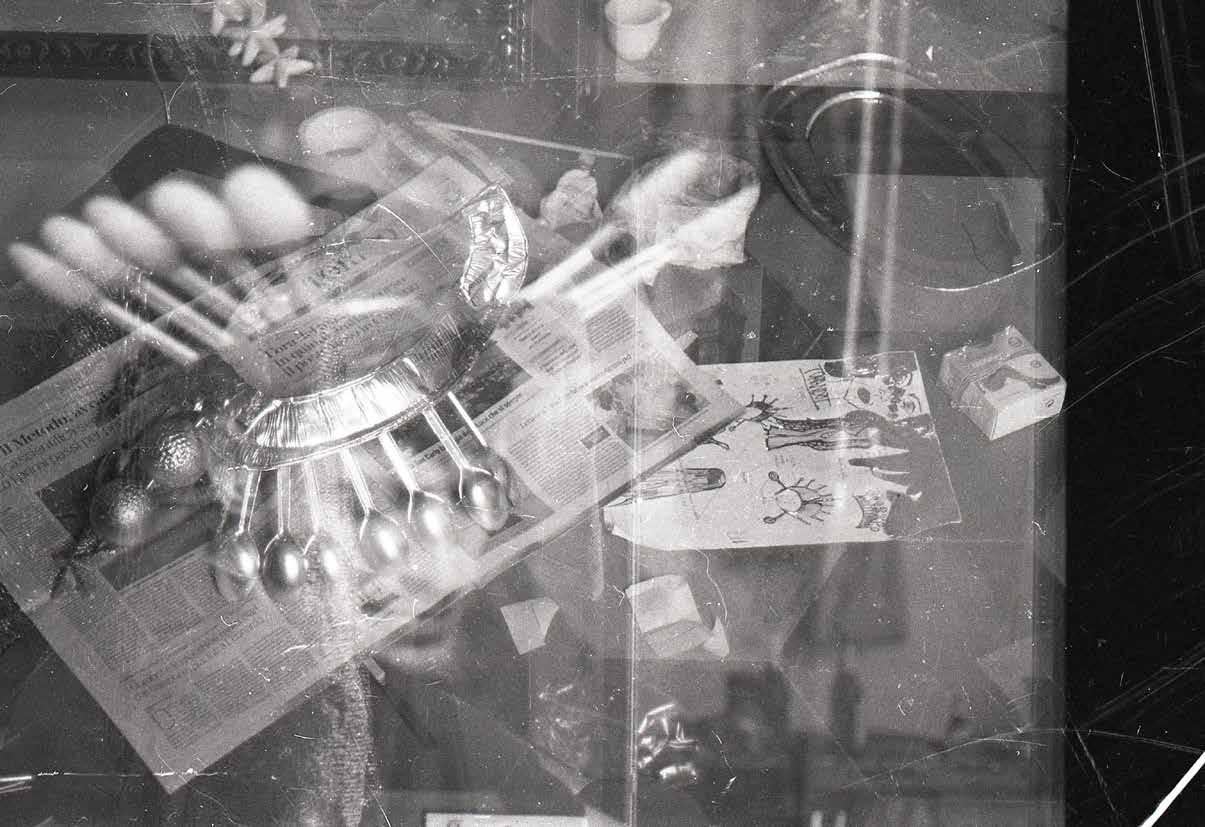

Layers
Very tidy stream of consciousness
Francesca Viani
Leftover spaces
Genova, 2022
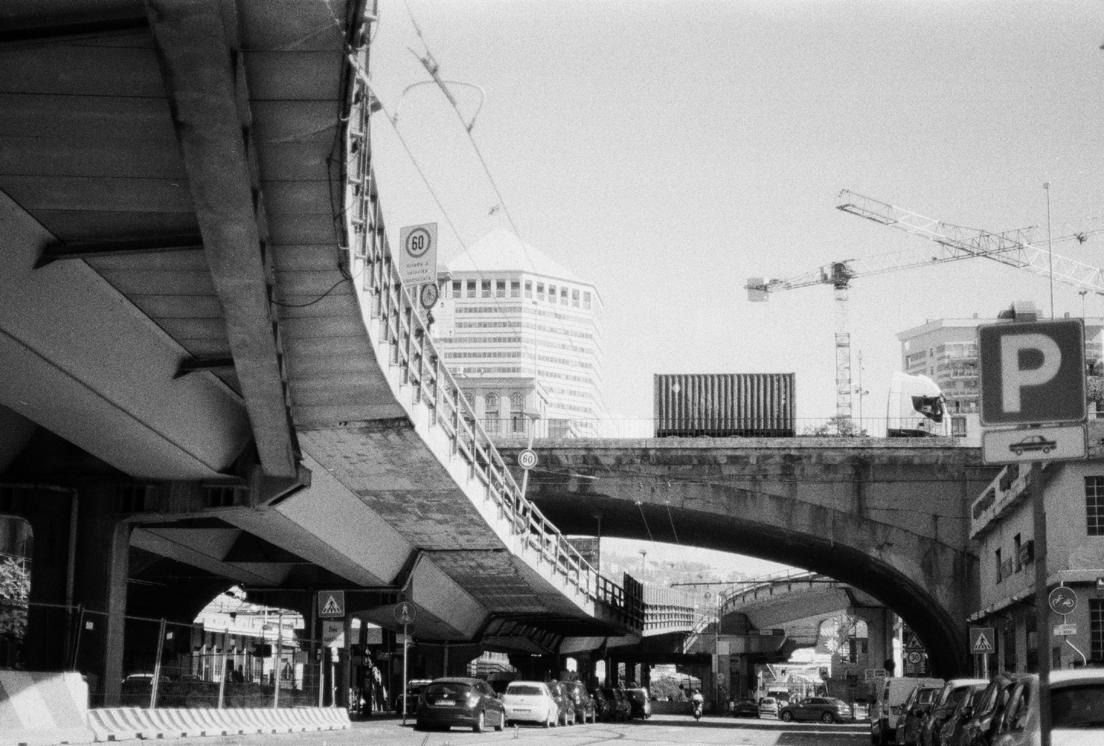
MASTER THESIS
Politecnico di Torino 2022
Professor Francesca Frassoldati


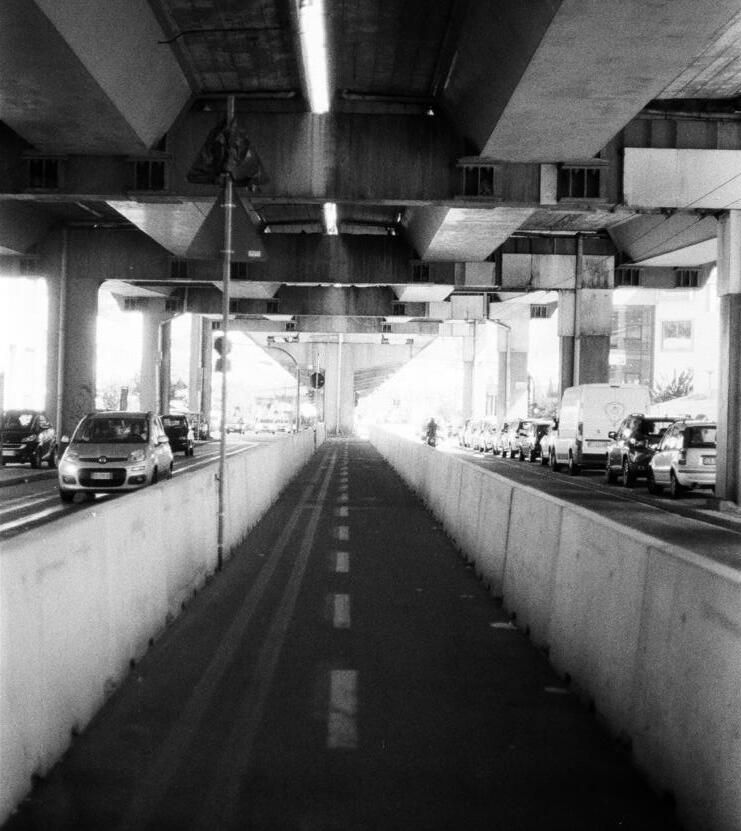
Abstract
The thesis project focused on the area of Cornigliano, a district in the West of Genoa. This part of the city developed in different phases. Before the 1930 the coast used to be a milestone of the Grand Tour and was mainly urbanized with villas built by wealthy families of Genoa. After this period an infrastructuring process started first with the railway following the whole Ligurian coast, and then with the industrialization process of Genoa.
Cornigliano’s access to the sea was slowly privatized by landfilling the seashore to build the industry; the inhabitants will never have any access to it again and the entire water network flow is made invisible or separated from the urban daily life. The district rapidly converted into an industrial area and populated by a flow of immigration mainly from the South and other parts of Italy. The characterizing element was ILVA plant, producing a great part of the steel used in Europe and it was attracting workers which contributed to make Genoa a rich and powerful city in the Mediterranean in combination with its industrial port. The problems due to air pollution, dust and dirt became significant, concerns about the death rate of the population grew a lot in this area (such as in the ILVA from Taranto) and a group of workers mobilized by a group called “Women of Cornigliano” made it clear that a change was needed. In 2005 the factory converted a great part of its sheds to cold steel production, which pollutes less
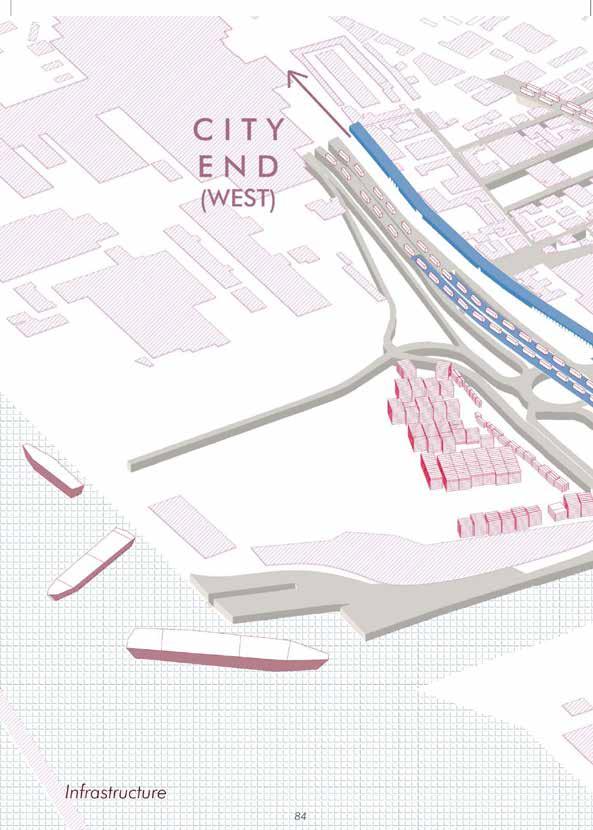

and other structures such as the two big gasometers next to the city center were demolished. From that moment depopulation and marginalization of the district started.
The empty spaces left by the industry are the main interest of this thesis, which starts with an overview of similar processes in other parts of Italy, France and other European cities on the Mediterranean sea.
This model of industrial decommissioning left empty spaces that today are attracting our attention being part of our realities everyday. And it is not a rare phenomena.
The analysis continues focusing on the meaning we can give to those spaces. Where natural flows used to balance a long ago and were destroyed after human intervention, after decommissioning due to lack of interest from institutions and potential investors of huge spaces, abandonment and time passing offer new ground for forms of nature that are occupying those spaces.
There are different mentalities about how to approach and design those spaces. Mine, after a long analysis, lot of reading and extensive surveys, seeing the subtly transforming site in different seasons, is about making those areas accessible in a small percentage, respecting and celebrating how the natural flows of events manipulate the area.
The thesis is for me a way of defining an ethic on planning after five years of studying how to do it, deconstructing it and finding what I think is the designerly way to less impactive solution.
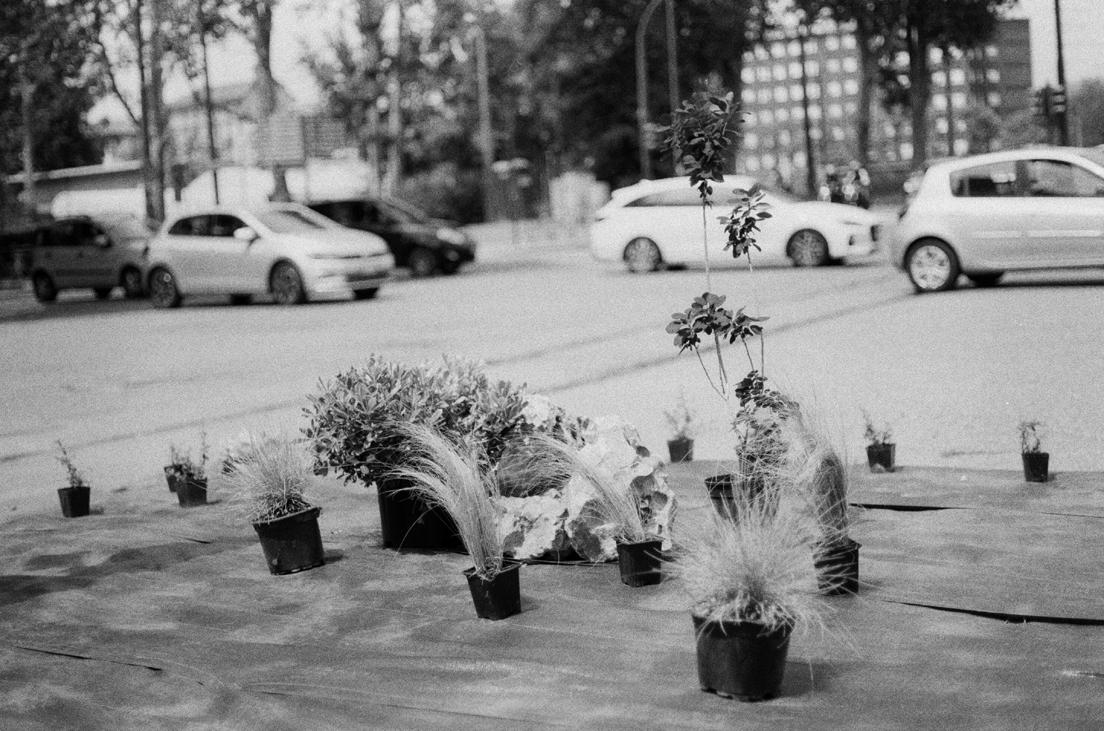
Public space in the making
TORINO STRATOSFERICA INTERVENTIONS
Plants before being planted by volunteers


What happens if we leave things as they are?
Those urban realities are already being reclaimed by a new form of nature.
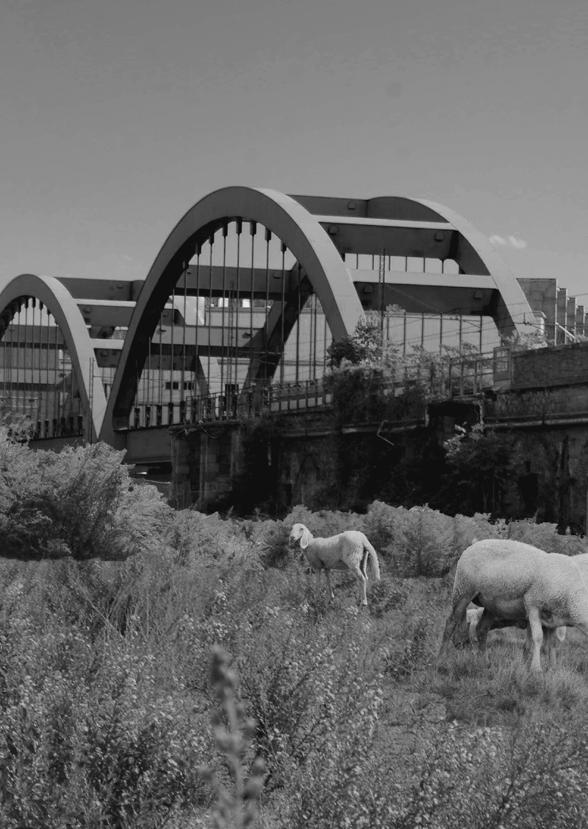
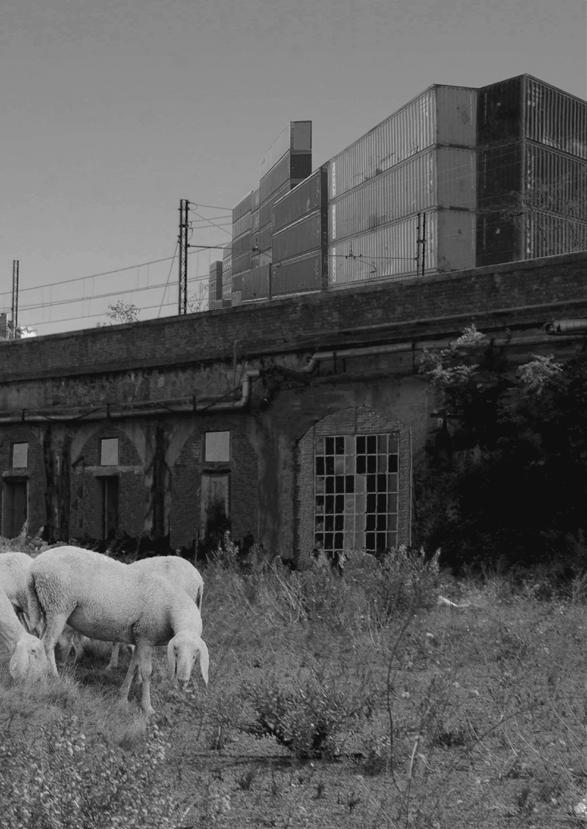

Public spaces originated by occupation


CSOA Gabrio, Torino, 2023
La città di sotto, spontaneus occupied during S. Giovanni celebration Genova 2023


Occupied field during a Rave Party in Piedmont region 2022, Vercelli
Alternatve uses project.
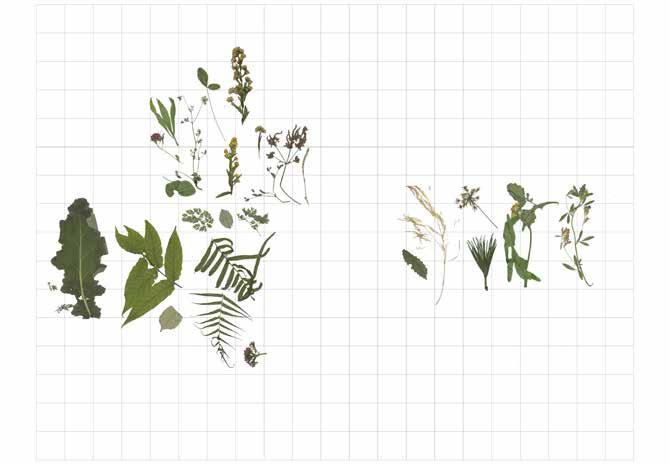


Herbarium.

Landfill in Susa Valley, Torino 2022



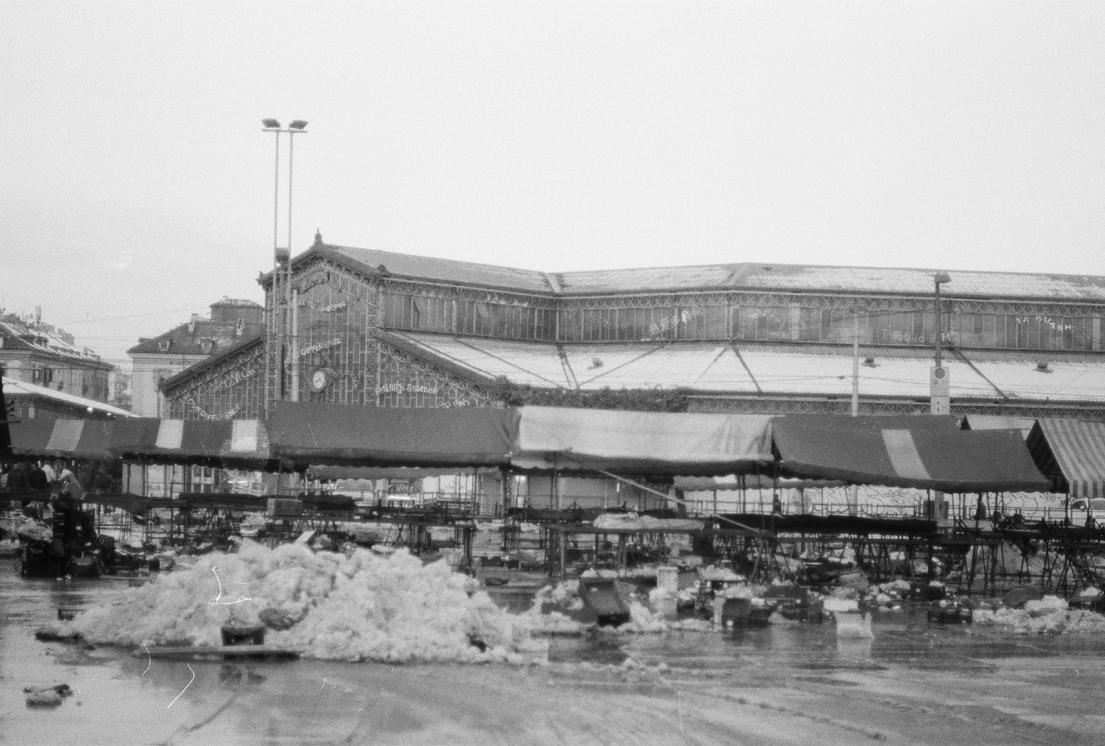
Market of Porta Palazzo, one of the biggest markets in Europe, huge public space, Torino 2023
Abandoned touristic train in the abandoned industry, Genova 2022




Industry on the harbor, Lisboa. 2023

Industry on the harbor, Lisboa + my fingerprint - Shapes that fascinates me 2023
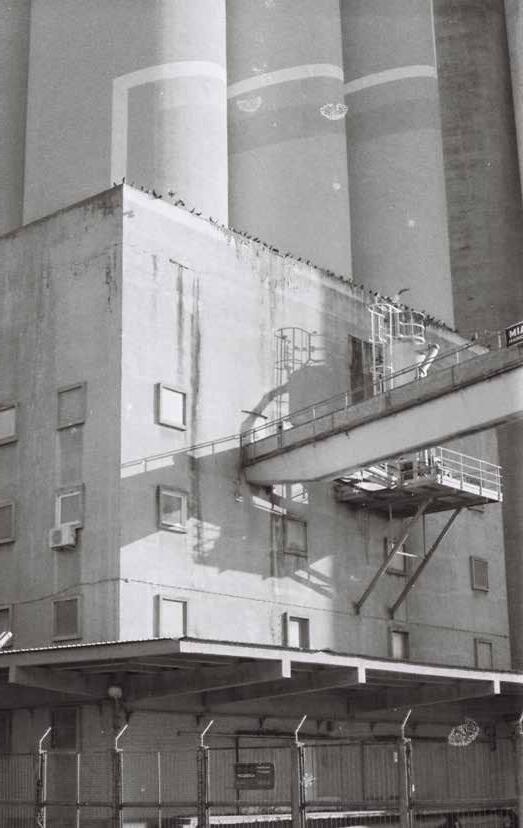

Professor Ulargui GRUPO 4! We worked with different materials and we experimented an abstraction from the function by concentrating on the form. All our drawings, plants, sections, were sketched by hand.
At the end of the semester we had to connect our projects throught intermediate pieces, by taking into account both the characteristics of the models we had to match. The final output was a long city of different materials, connected, as our drawings which were hanged in a raw during the exhibition.

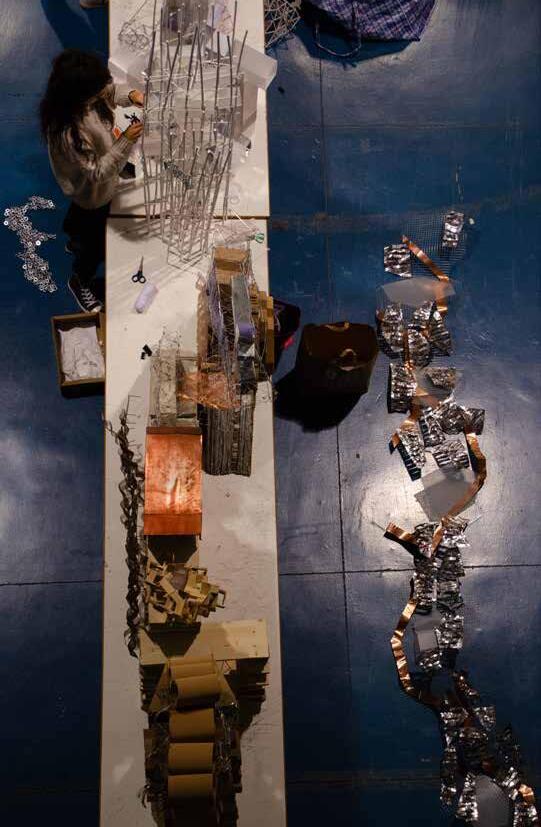



Self- built battering ram, demonstration. 2023

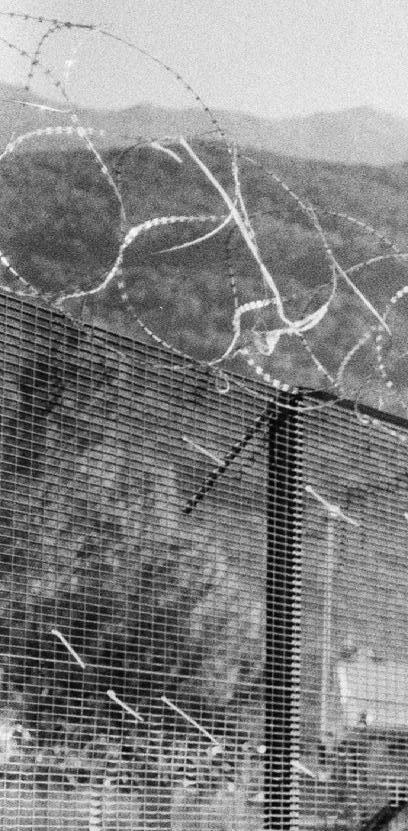

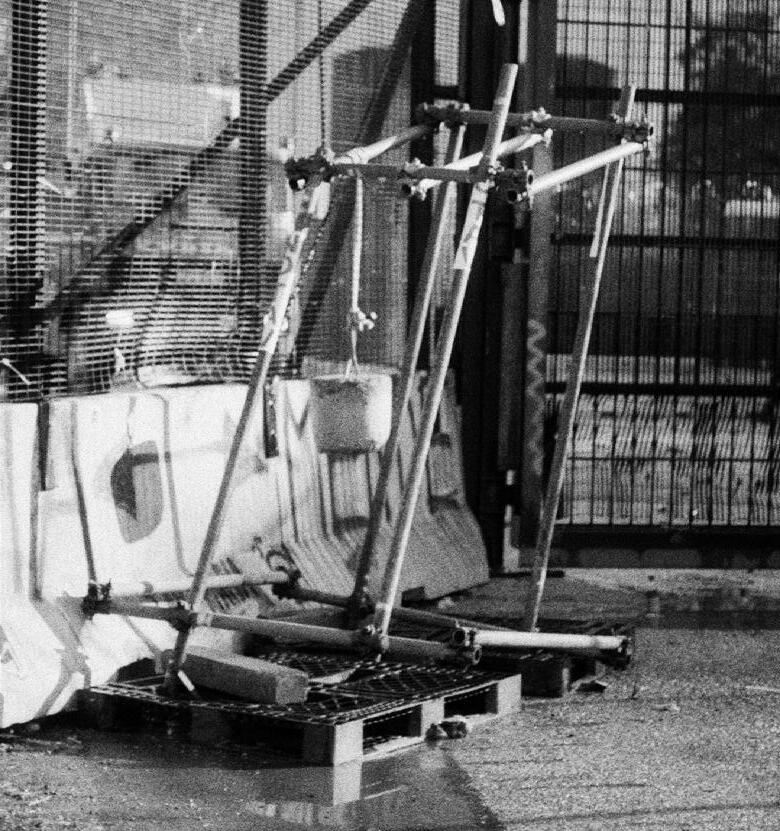
Flower Scenographies
Bocciofila Rami Secchi
2023
Bamboo Workshop
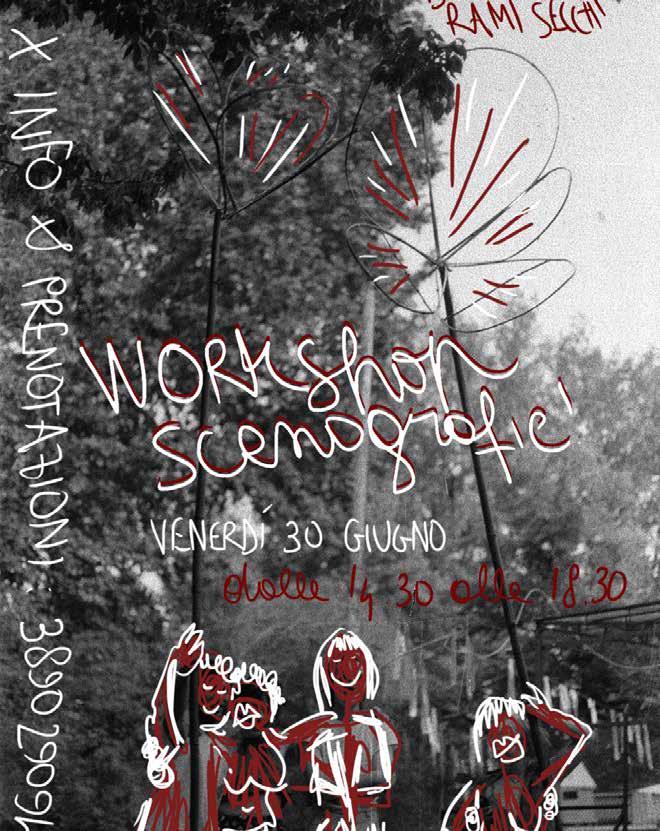







Bamboo Harvesting.
Glued Paper covering.
Wood work
GRIZZ STUDIO
2023
Luigi Greco
Mattia
Rizzi
Design and realization of 3 small tower in the wood in front of the villagge Colletta Castelbianco restored by Giancarlo de Carlo. Use of wood and natural coloration techniques.

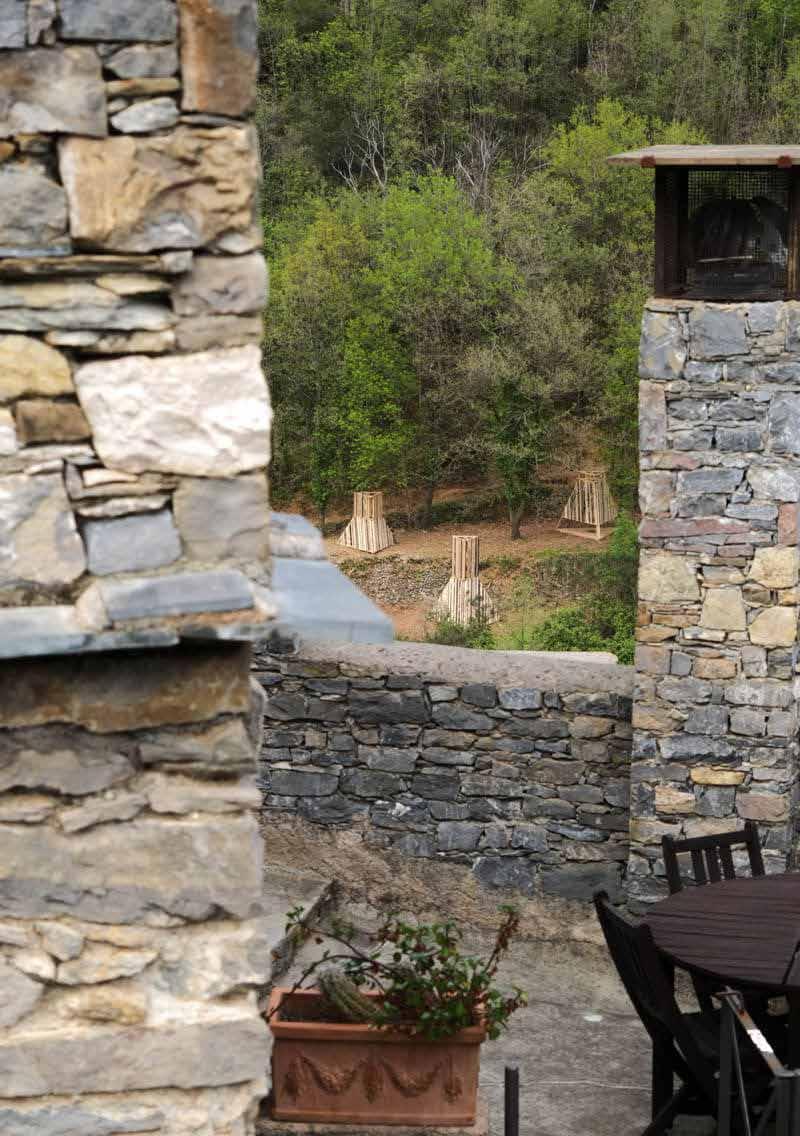



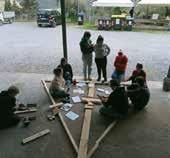
Picture by Nils Freyermuth
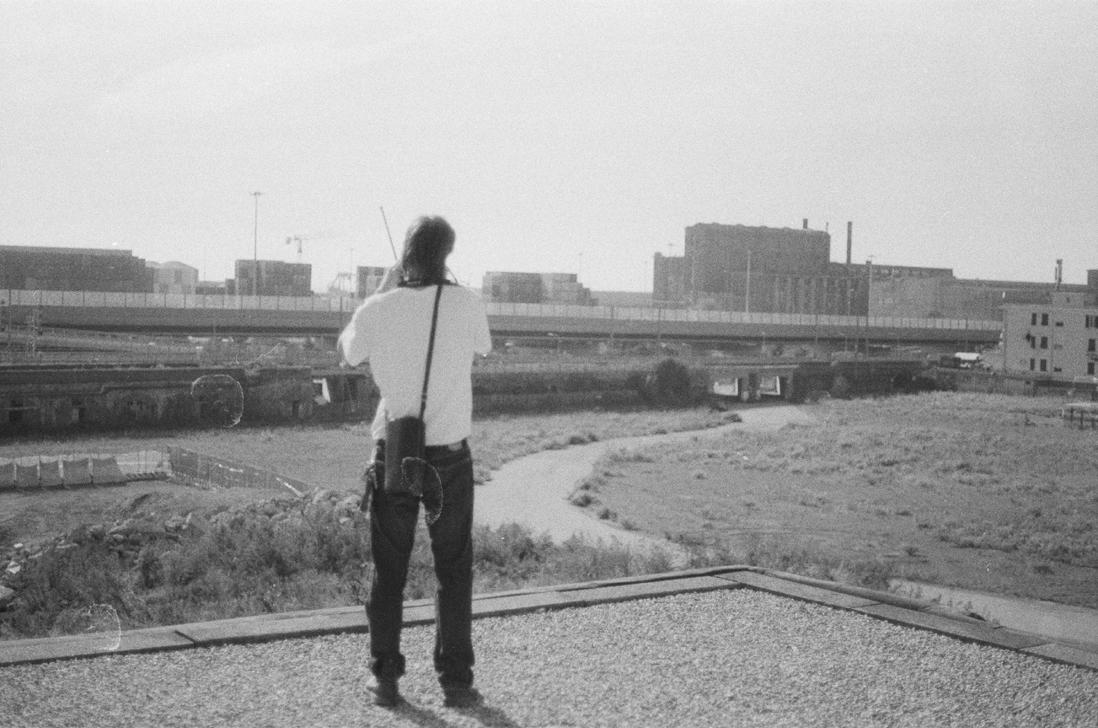
Exploration in urban nature and spontaneus vegetation research. 2023

Exploration, passages. 2023
Human space reclaimed by nature, Bologna 2023


Demonstration in Susa Valley, ecological protests. 2023


Curdist celebration in Gabrio, Torino, reclaiming public spaces in occupied ones. 2022
Precollinear Park WORKSHOP.
The park in 2030.







During three days of workshop we build up chairs and tables for people to start using the Precollinear Park to study. With the wasted materials we created seatings along the sidewalk of the old tram station. Precollinear park is a park created out of an old railway station, it was originated by a group of volunteers.
Self-building workshop Precollinear Park
Workshop with Cities4Forests

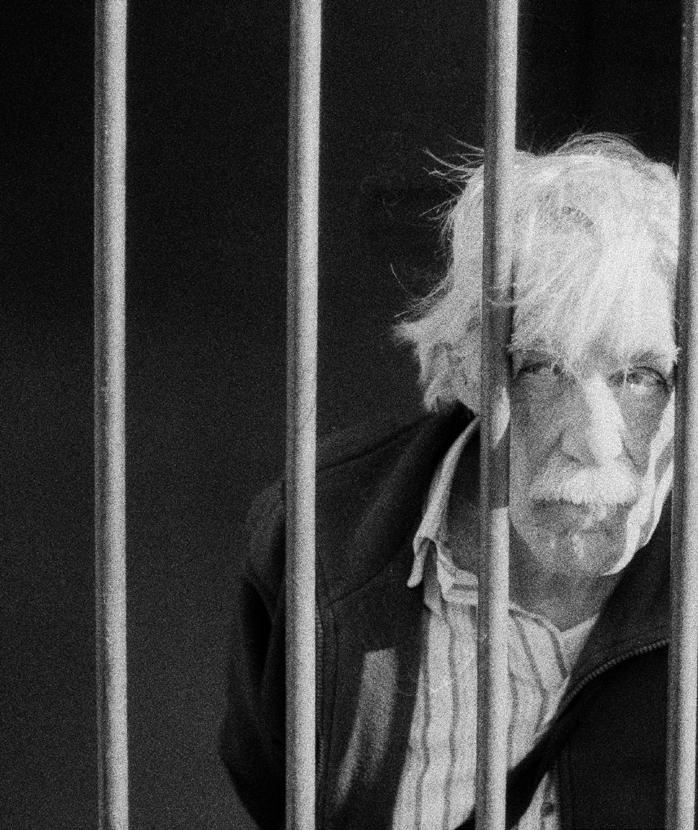
Giacomo Villa in hir private space, Genova. 2023

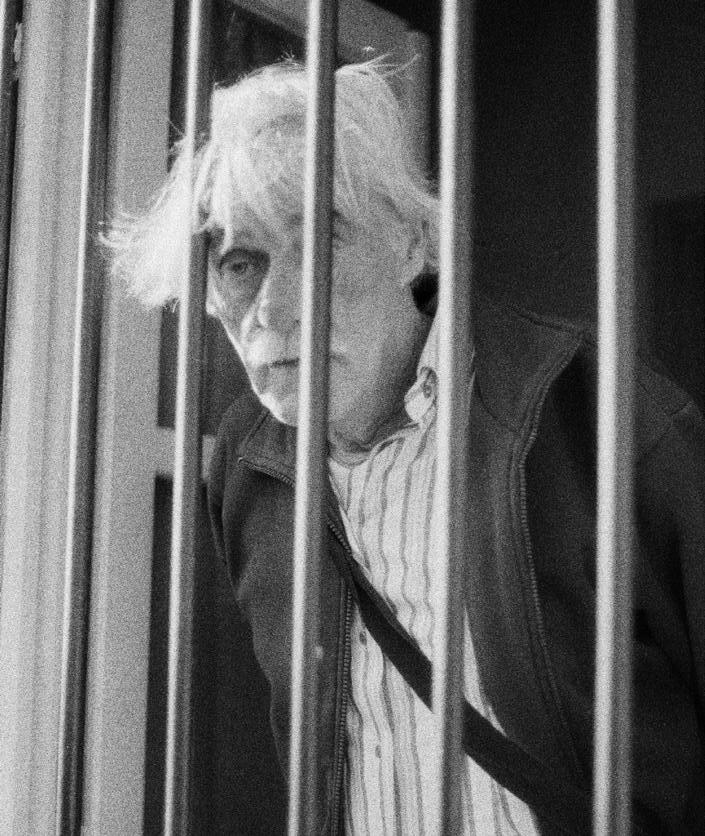

Private spaces, people, Madrid. 2023

2024 with Nils Freyermuth
Construction of a “cabanne” in the french roman site.
Starting from the quotation by Italo Calvino ‘The invisible landscape is an expression of a visible landscape’, we tried to connect the site to the city of Rome, which surrounds it. To do this, we made use of some ruins (columns) representing the past, and around it we designed our hut, where by means of a camera obscura system projects a 360° image collected in the 8-metre high tower onto a canvas inside the structure, comparing past and future.





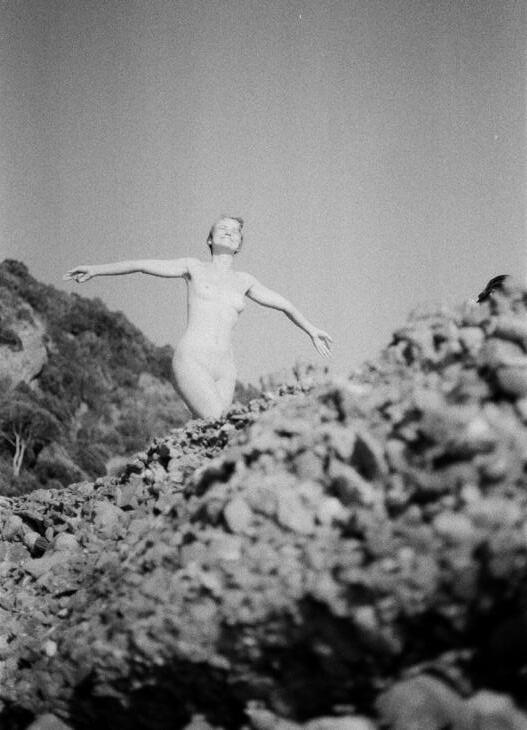


Index.
Thesis, nature and urban spaces, Space (Urban nature and urbanism in Genova)
Forgotten spaces and Shapes in architecture (project in Spain)
Self built instruments for demonstrations, self management (Self building workshops with several materials)
Common spaces exploration - what is a public space? (Participatory processes experiences in architeture)
Private spaces - Intimacy
Nature
All the photos are taken by me except where noted.

